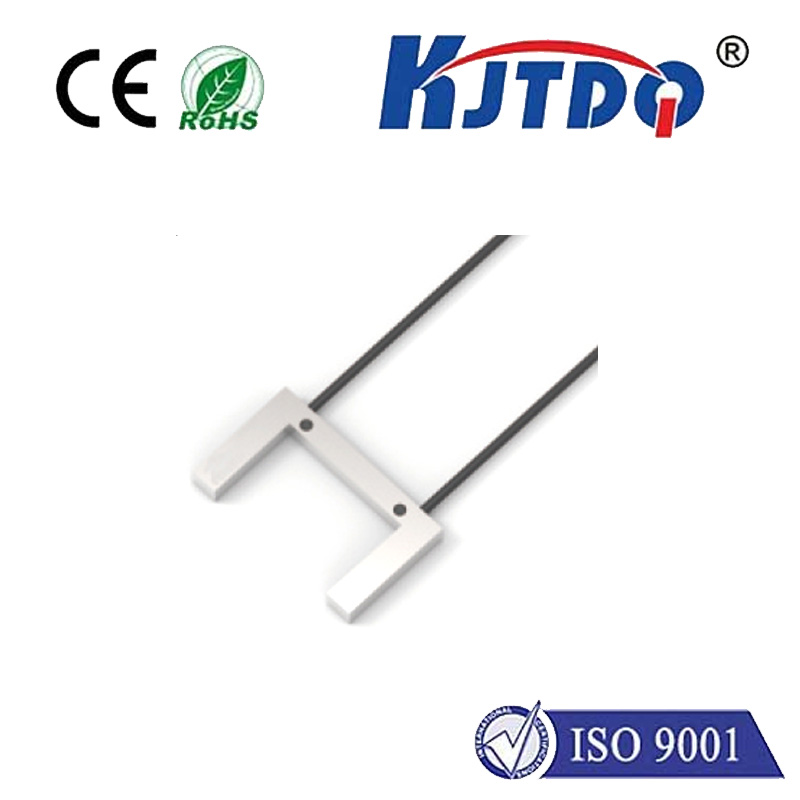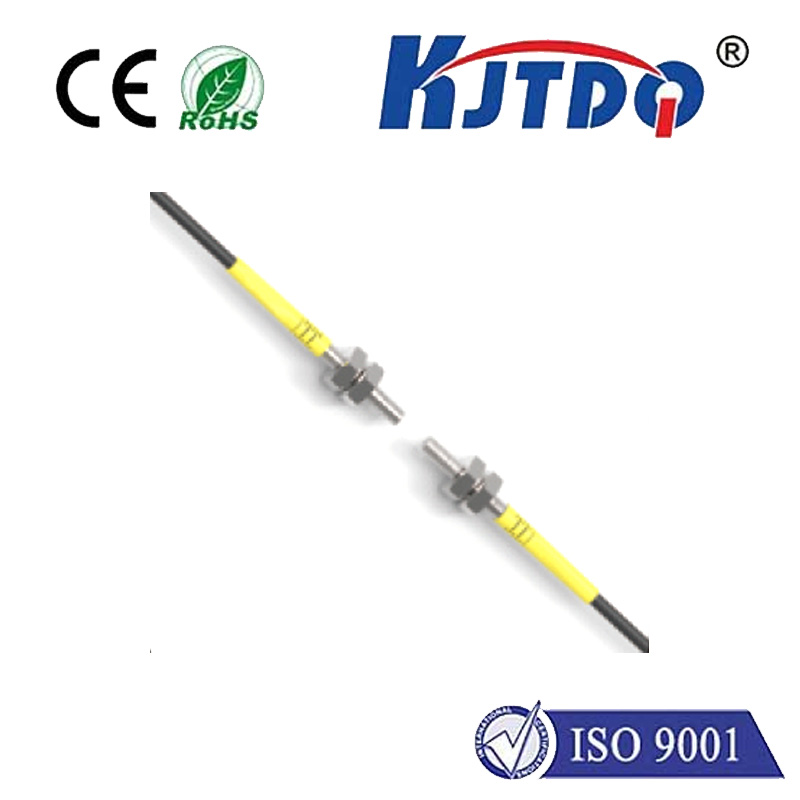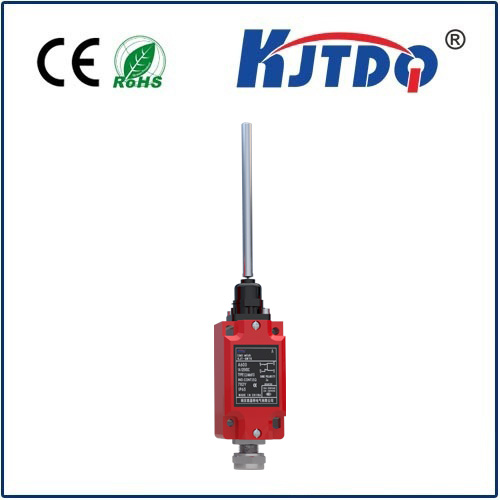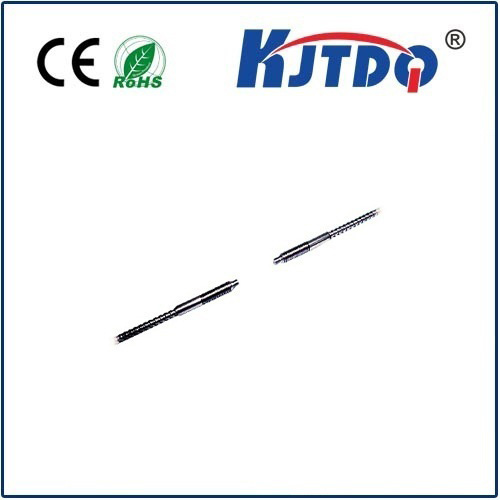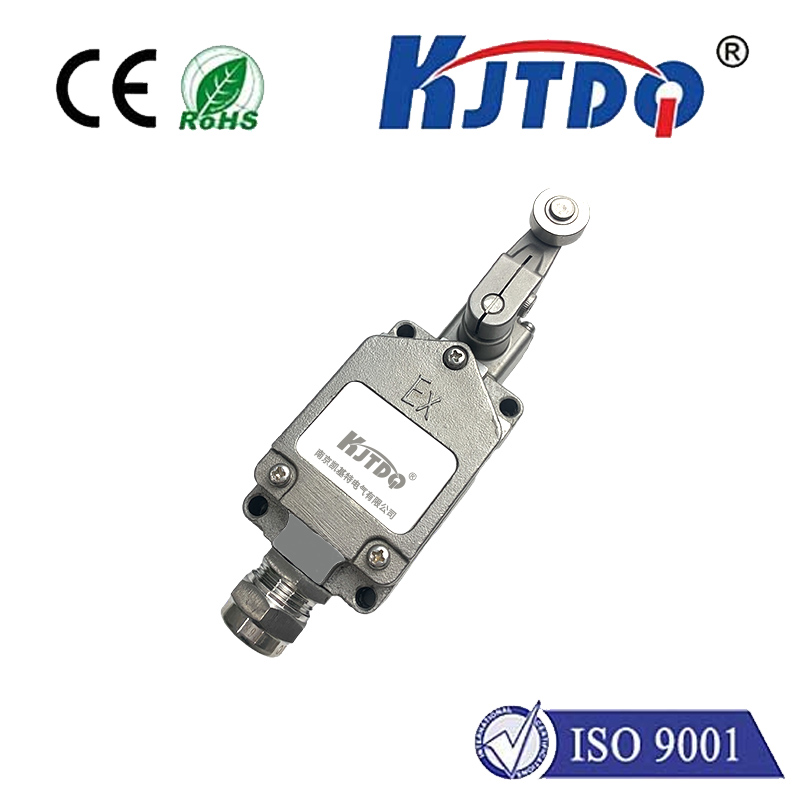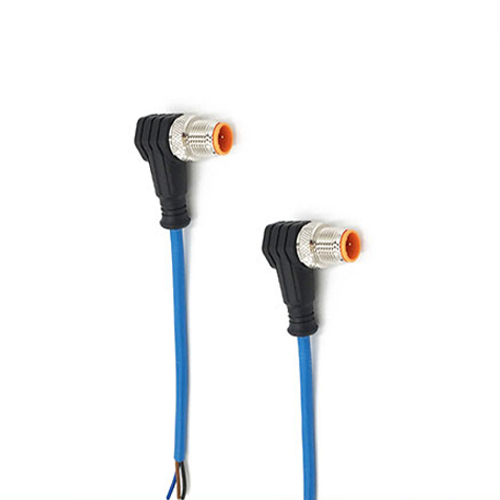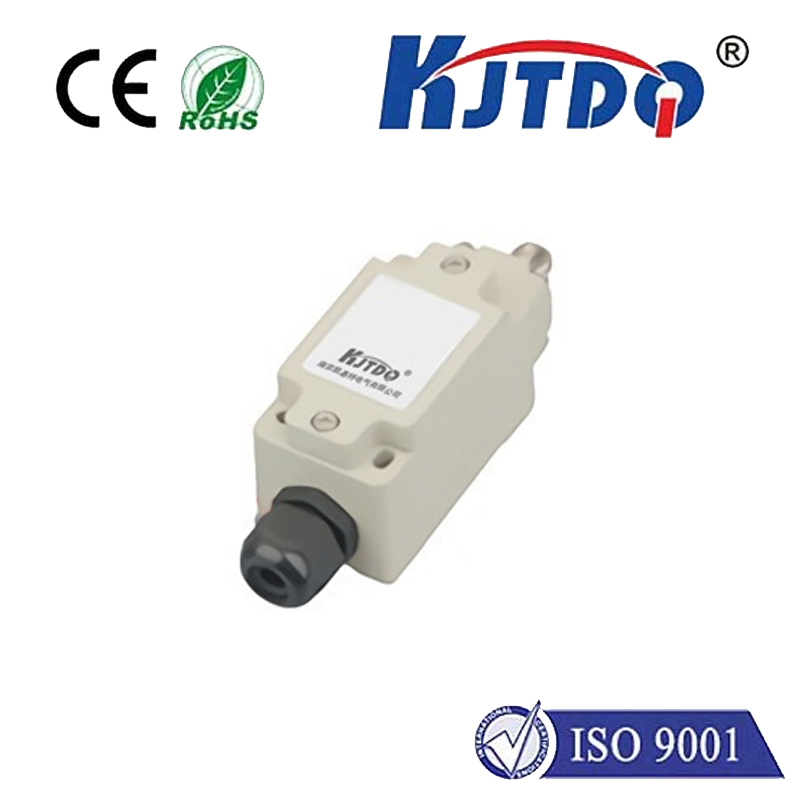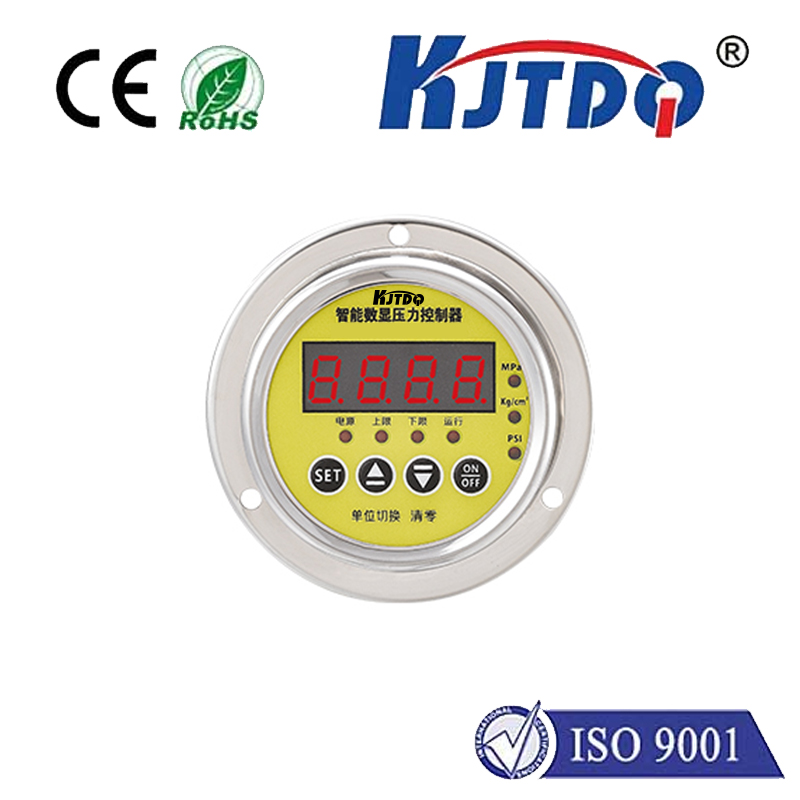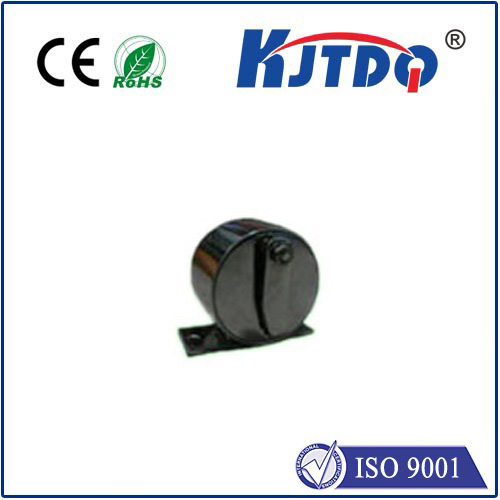motion proximity sensor
- time:2025-06-20 00:31:44
- Click:0
Motion Proximity Sensors: Unseen Guardians of Efficiency and Security
Imagine walking into a dark room, and the lights flicker on automatically just as you approach. Or picture machinery in a factory instantly halting when a worker gets dangerously close. These seemingly simple, almost magical interactions are often powered by the silent vigilance of motion proximity sensors. These sophisticated devices blend the capabilities of motion detection and proximity sensing, creating intelligent systems that react to both presence and movement within their field of view. Their role in enhancing safety, optimizing energy use, and automating countless processes makes them fundamental components in our increasingly connected and automated world.
Understanding the Core: How Motion Proximity Sensors Work
The term “motion proximity sensor” typically refers to sensors that primarily detect presence (proximity) but are also inherently capable of sensing motion within their detection zone. The most common technology behind this dual capability is Passive Infrared (PIR).
- Passive Infrared (PIR) Sensors: These sensors are masters of detecting heat energy (infrared radiation) emitted by warm-bodied objects, primarily humans and animals. They don’t emit any energy themselves; they are passive observers of heat changes.
- Proximity Aspect: The sensor detects the presence of a heat source (like a person) within its designed range.
- Motion Aspect: Crucially, PIR sensors are excellent at detecting changes in the infrared heat pattern within their field of view. A stationary person might be detected as present, but movement generates rapid heat pattern changes, triggering a stronger, more reliable signal. This makes them highly effective for applications like lighting control and intrusion detection where movement initiation is key.
Other technologies, like microwave (MW) or dual-technology (PIR + MW) sensors, are also used, especially where reliability is paramount. Microwave sensors emit low-power radio waves and detect changes in the reflected signal caused by moving objects. Combining PIR and MW in one unit significantly reduces false alarms, as both technologies need to trigger simultaneously for an alert (e.g., in high-security settings).

Where the Magic Happens: Key Applications
The versatility of motion proximity sensors makes them indispensable across numerous sectors:
- Smart Building Efficiency: This is perhaps the most visible application.
- Lighting Control: Sensors turn lights on when occupancy is detected and off when a space is empty, leading to significant energy savings. No more lights burning in vacant rooms!
- HVAC Optimization: Systems can reduce heating or cooling in unoccupied zones (meeting rooms, private offices), contributing massively to energy conservation and cost reduction.
- Automated Doors: Doors open automatically upon detecting approaching individuals, enhancing accessibility and convenience, especially in high-traffic areas.
- Enhanced Security & Intrusion Detection:
- Burglar Alarms: PIR sensors form the backbone of many security systems, detecting unauthorized movement within protected premises, triggering alarms, and alerting authorities.
- Perimeter Protection: Sensors monitor specific areas (e.g., near windows, in hallways) to detect potential intruders before they fully breach a property.
- Access Control: Presence detection can enhance access points, signaling when someone approaches a secured door or gate.
- Industrial Automation & Safety:
- Machine Guarding: Sensors act as critical safety sentinels around hazardous machinery. If a worker’s body part enters a predefined danger zone, the sensor triggers an immediate machine shutdown (safety interlock), preventing serious accidents.
- Material Handling: Presence detection is vital for automating conveyor lines, robotic arms, and assembly stations, signaling when objects are in position for the next operation or when a person enters a restricted robotic cell.
- People Counting: Monitoring occupancy levels for safety compliance, space utilization analysis, or resource allocation.
- Retail & Customer Experience:
- Automatic Doors & Entrance Systems: Welcoming customers as they approach.
- Presence-based Displays: Activating product demos or informational screens when a customer lingers nearby, creating interactive experiences.
- Queue Management: Detecting customer presence to estimate wait times or optimize staff allocation.
Choosing the Right Sensor: Key Considerations
Selecting the optimal motion proximity sensor isn’t one-size-fits-all. Careful consideration of the application is paramount:
- Detection Range & Pattern: How far away and across what angle or pattern do you need detection? (e.g., wide area vs. narrow corridor).
- Coverage Zone Shape: Standard sensors often have specific “curtain” or “petal” patterns. Some allow masking or customizing the pattern to avoid unwanted triggers (e.g., pointing away from windows to avoid false alarms from passing cars or animals).
- Sensitivity & Immunity: Adjustability is crucial. Can sensitivity be dialed down to ignore small animals or adjusted for environmental factors like temperature fluctuations? Immunity to electrical noise or air currents is also important.
- Mounting Height & Angle: Sensor performance is highly dependent on correct installation height and orientation relative to the expected movement paths.
- Environment: Is the sensor exposed to dust, moisture, extreme temperatures, or vibration? Choose sensors with appropriate Ingress Protection (IP) ratings for the environment.
- Power Source: Wired (AC/DC) vs. battery-powered options? Battery life considerations are critical for wireless sensors.
- Technology Type: PIR (cost-effective, widely used), MW (penetrates non-metallic materials, sensitive to movement), or Dual Tech (highest reliability for security) – each has strengths and weaknesses.
Installation: Precision Matters for Performance
Even the best sensor can underperform if installed poorly. Correct placement is non-negotiable:
- Height: Follow manufacturer recommendations precisely (common heights are 2.2m - 2.5m / 7ft - 8ft for general occupancy).
- Avoiding “Dead Zones”: Position the sensor so potential movement paths cross its detection pattern laterally, not head-on. Mounting in a corner often provides good coverage.
- Avoiding False Trigger Sources: Keep sensors away from HVAC vents, direct sunlight, rapidly changing heat sources (radiators, ovens), moving machinery that causes vibration, and reflective surfaces that can bounce energy unpredictably.
- Testing & Adjustment: Thoroughly test the sensor post-installation. Walk through all expected paths and adjust sensitivity, coverage masking (if available), and time delay settings (how long after motion ceases before lights turn off, for instance) to achieve optimal functionality.
Motion proximity sensors are the unsung heroes working behind the scenes. From the effortless convenience of automatic lighting to the potentially life-saving halt of industrial machinery, their ability to intelligently perceive presence and movement drives efficiency, enhances security, and creates safer, smarter environments. As technology evolves, we can expect these sensors to become even more sophisticated, offering finer granularity in detection and deeper integration into the intelligent systems shaping our future. Understanding their principles and careful selection/installation are key to unlocking their immense potential.












